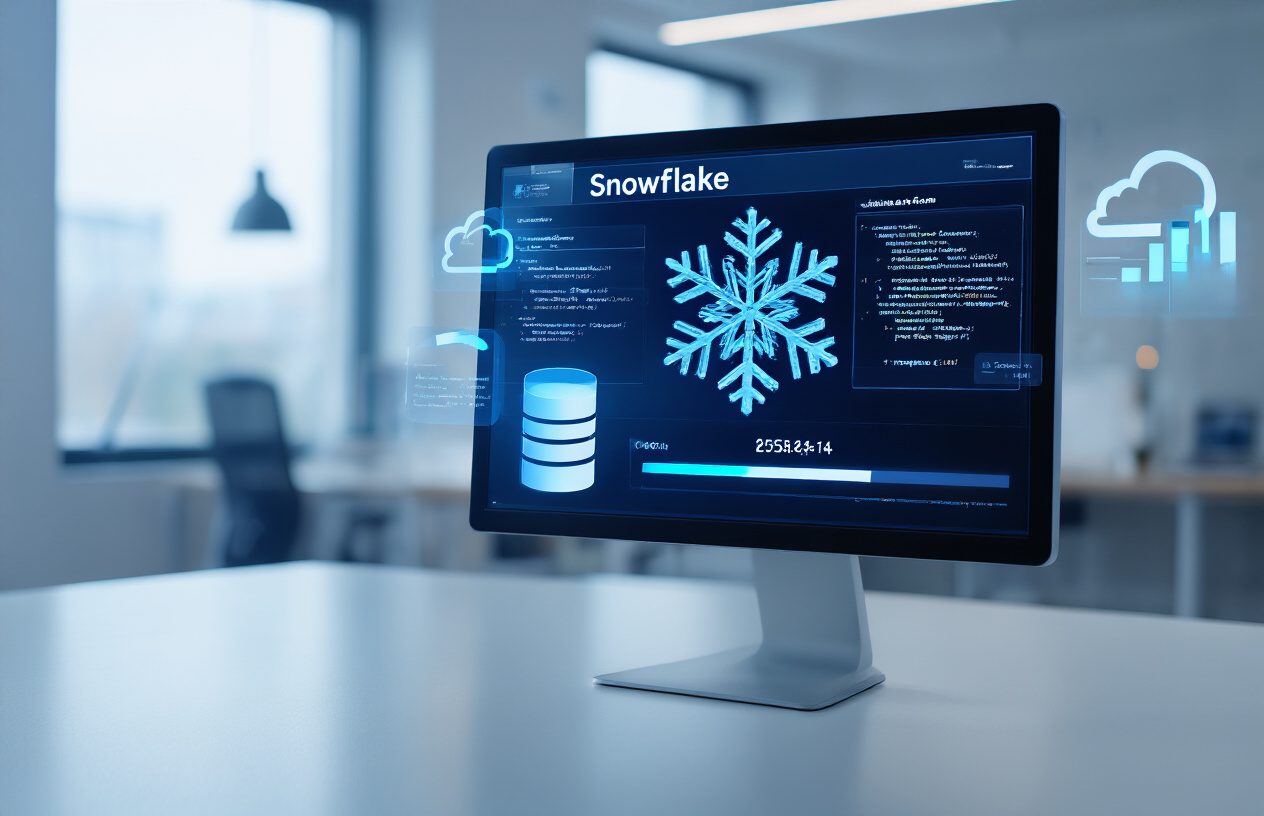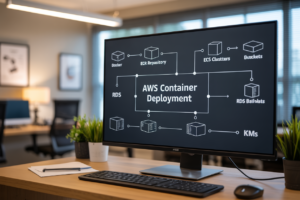Ever spent weeks trying to set up secure data sharing between teams, only to end up with a clunky FTP server that nobody wants to use? You’re not alone. Data engineers everywhere are nodding their heads right now.
What if you could share live, governed data with partners without moving a single byte? That’s exactly what Snowflake data sharing delivers.
I’ve implemented Snowflake sharing across dozens of organizations, and the difference is night and day. No more ETL nightmares. No more security compromises. No more “the data’s outdated” complaints.
But here’s what most getting-started guides won’t tell you about Snowflake’s sharing capabilities – there’s a right way and a wrong way to structure your shares. And that wrong way could cost you big time.
Understanding Snowflake Data Sharing
What is Snowflake Data Sharing?
Snowflake data sharing lets you share live data without copying or moving it. Simple as that. You keep your data where it is, and others can see it. No ETL processes, no duplicate storage costs, no synchronization headaches. Just point, click, and share. It’s like giving someone the keys to look at your stuff without letting them take it home.
Key benefits for businesses
Wonder why companies are jumping on the Snowflake data sharing bandwagon? It’s a game-changer. Zero-copy mechanics mean you’re not doubling storage costs. Real-time access ensures everyone works with fresh data. Granular security controls let you decide exactly who sees what. And setup takes minutes instead of months. Your data stays put while your business relationships flourish.
How it differs from traditional data sharing methods
Traditional data sharing feels like sending packages through snail mail. You duplicate data, ship it off, and pray it arrives intact. Then it gets stale immediately. Snowflake flips this model on its head. No more file transfers, ETL nightmares, or API maintenance. Instead of copying data, you simply grant access to it. Your partners get live data views while you maintain control. It’s sharing reimagined.
Technical Architecture of Snowflake’s Data Sharing
Technical Architecture of Snowflake’s Data Sharing
A. Zero-copy cloning technology explained
Ever wondered how Snowflake shares data without actually moving it? That’s the magic of zero-copy cloning. Instead of creating duplicate copies that eat up storage and rack up costs, Snowflake simply shares pointers to the original data. It’s like giving someone the key to view your photo album without handing over the actual photos.
Setting Up Data Sharing in Snowflake
Step-by-step configuration process
Setting up Snowflake data sharing isn’t rocket science. First, log into your Snowflake account and navigate to the Shares tab. Click “Create Share” and name it something relevant. Select the database objects you want to share, then add consumer accounts by their unique identifiers. Set appropriate privileges, and finally, create a share specification before notifying your partners they now have access.
Security Features of Snowflake Data Sharing
End-to-end encryption capabilities
Snowflake doesn’t mess around with security. Every bit of data gets locked down tight during sharing, with encryption at rest, in transit, and even during processing. No prying eyes can peek at your sensitive information while it zips between accounts. Think of it as your data traveling in an armored car instead of an open pickup truck.
Role-based access controls
Who sees what? That’s entirely up to you. Snowflake lets you get super granular with permissions, restricting views to only specific teams or individuals. Gone are the days of all-or-nothing access. You control exactly which tables, views, or functions each user can touch, minimizing risk without sacrificing collaboration.
Compliance with data protection regulations
GDPR. CCPA. HIPAA. The alphabet soup of regulations keeps growing, but Snowflake has you covered. Their sharing framework is built to help you stay compliant across jurisdictions. You maintain complete ownership of your data while still enabling secure collaboration – a balancing act most platforms simply can’t match.
Real-World Use Cases
Real-World Use Cases
A. Cross-department collaboration scenarios
Marketing teams can instantly access sales data without the IT bottleneck. Finance departments pull real-time analytics from operations. No more email attachments or stale reports. Just fresh, consistent data that everyone trusts, available the moment it’s needed. Your data scientists and business analysts finally speaking the same language.
Best Practices for Effective Data Sharing
Best Practices for Effective Data Sharing
A. Data governance strategies
Want your Snowflake data sharing to actually work? Start with rock-solid governance. Define clear ownership, implement proper classification tags, and document access policies that everyone understands. Without these guardrails, your sharing program is basically a data free-for-all—and nobody wants that disaster on their hands.
B. Performance optimization techniques
Speed matters when sharing data. Period. Optimize your shared databases by pre-aggregating common query patterns, creating appropriate clustering keys, and maintaining streamlined views. Many teams make the rookie mistake of sharing raw tables when purpose-built views would perform 10x better and protect sensitive columns simultaneously.
C. Cost management approaches
Data sharing costs can spiral if you’re not careful. Track consumer usage patterns religiously and implement automated monitoring alerts when query volume spikes unexpectedly. Consider time-based access controls for occasional users instead of permanent grants. Your finance team will thank you when they see the credits you’ve saved.
D. Scaling your data sharing program
Scaling isn’t just adding more shares—it’s building a repeatable process. Create templated approval workflows, standardized metadata requirements, and self-service request forms. The organizations that succeed don’t reinvent the wheel each time someone needs data. They build systems that handle growth without doubling the admin work.
Snowflake’s data sharing capabilities transform how organizations collaborate with data, eliminating traditional barriers of complex ETL processes and duplicate storage. By leveraging Snowflake’s unique architecture, companies can securely share live data while maintaining complete control over access permissions and without moving or copying datasets. The technical simplicity combined with robust security features makes it an ideal solution for both technical and non-technical stakeholders.
As data collaboration becomes increasingly vital to business success, implementing Snowflake’s data sharing features with the best practices outlined above can give your organization a competitive edge. Whether you’re looking to monetize your data assets, streamline supplier relationships, or enhance internal analytics capabilities, Snowflake provides the foundation for secure, efficient, and scalable data sharing. Start small, document thoroughly, and leverage Snowflake’s security controls to build a data sharing ecosystem that drives real business value.




















